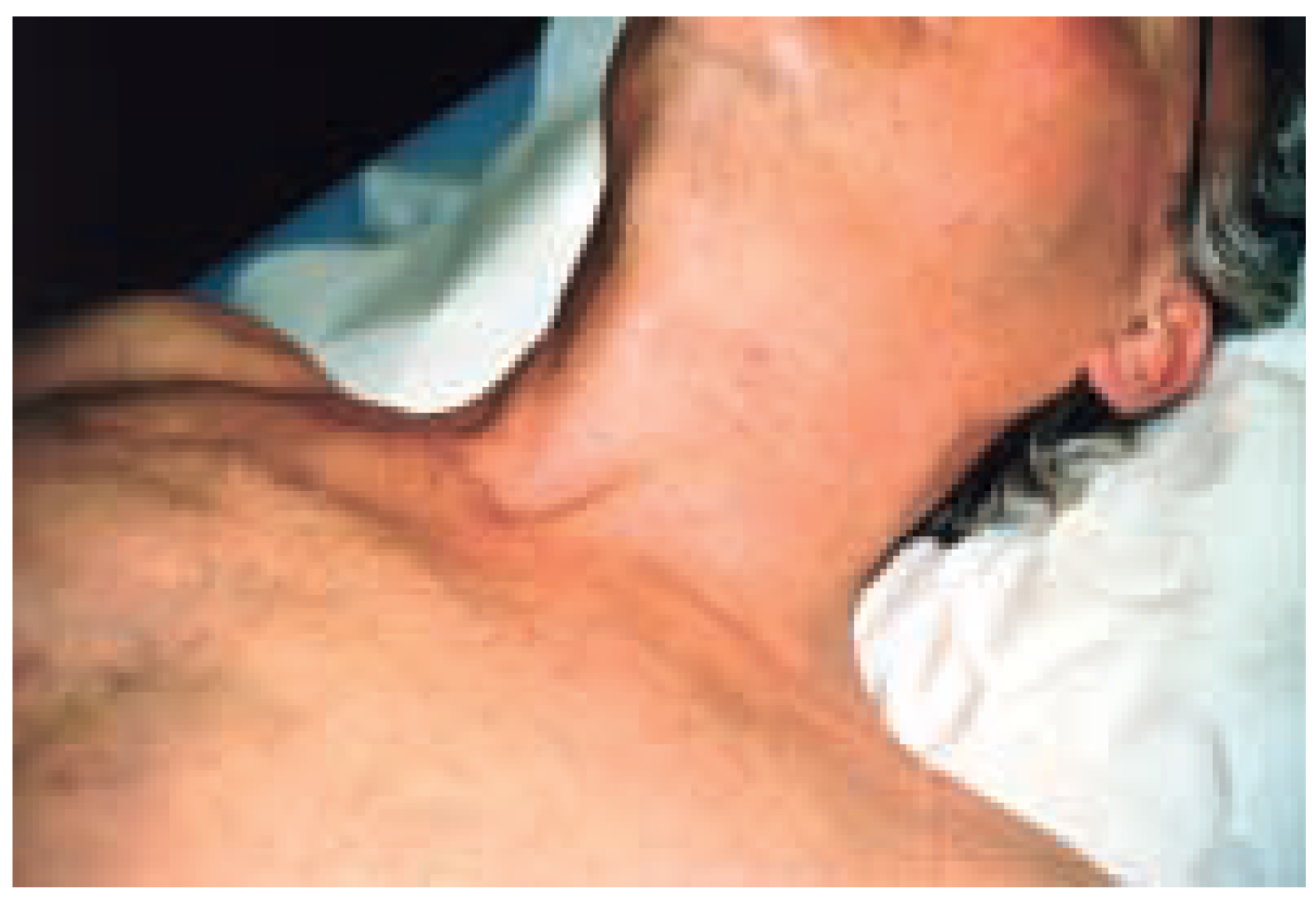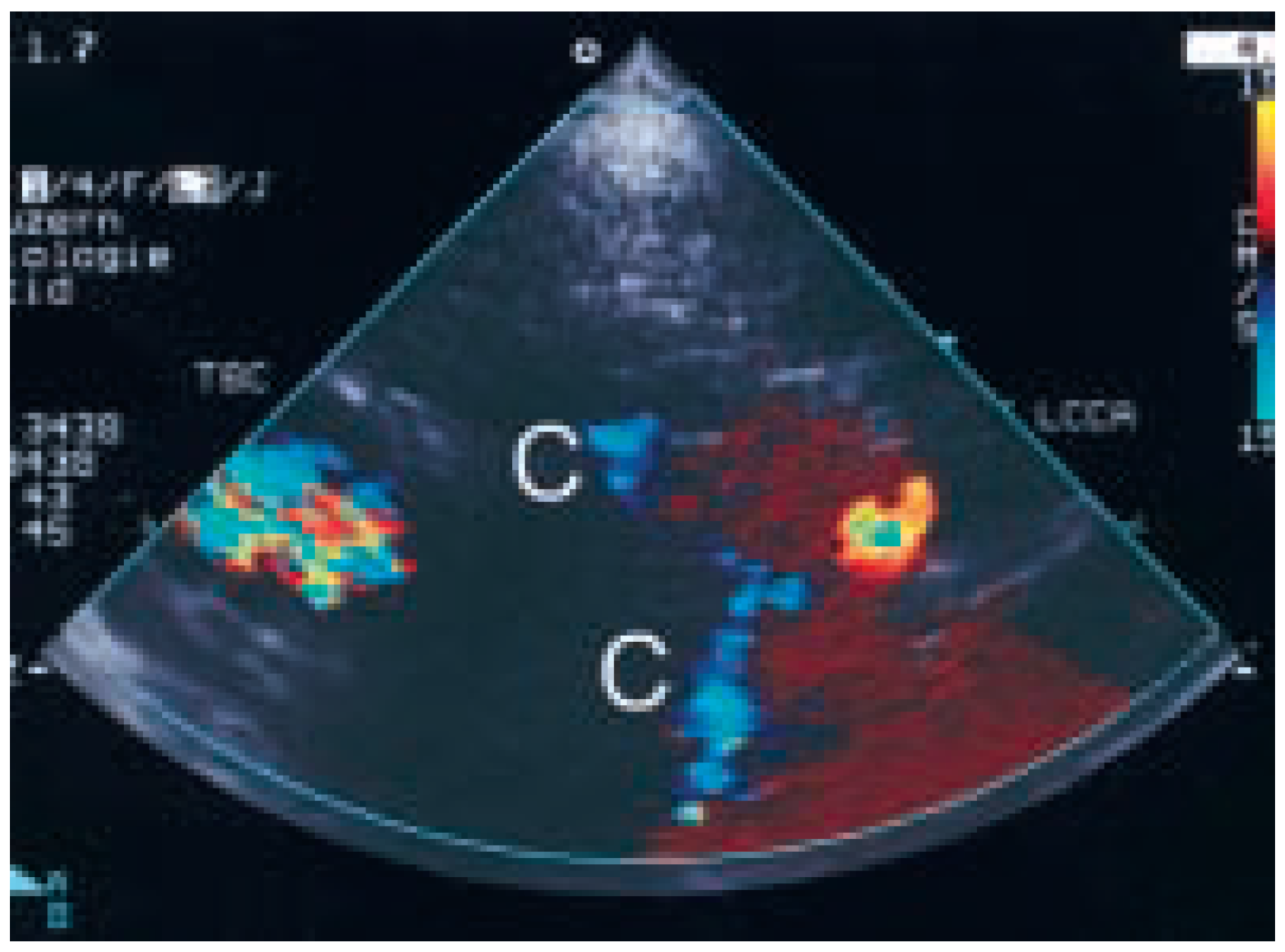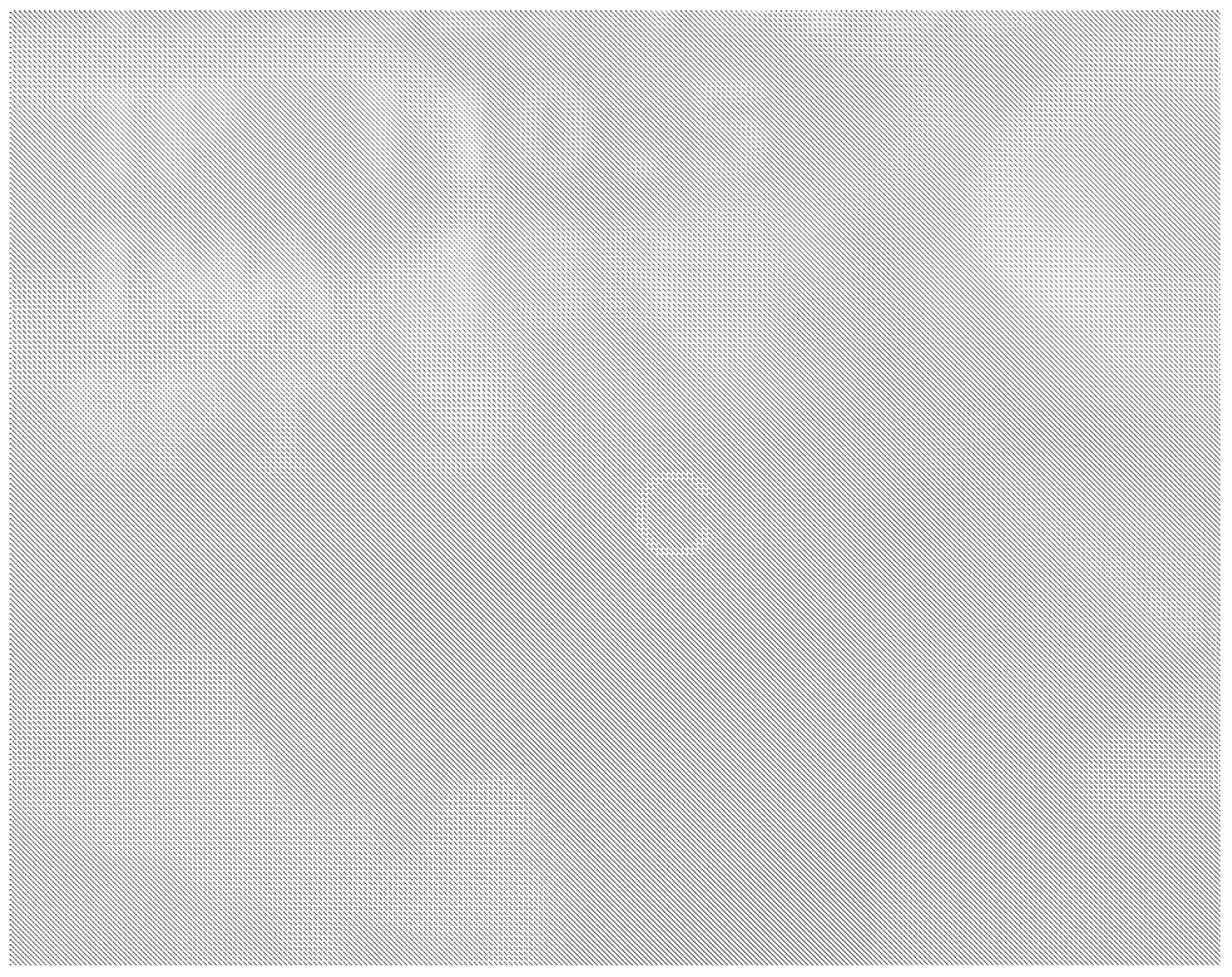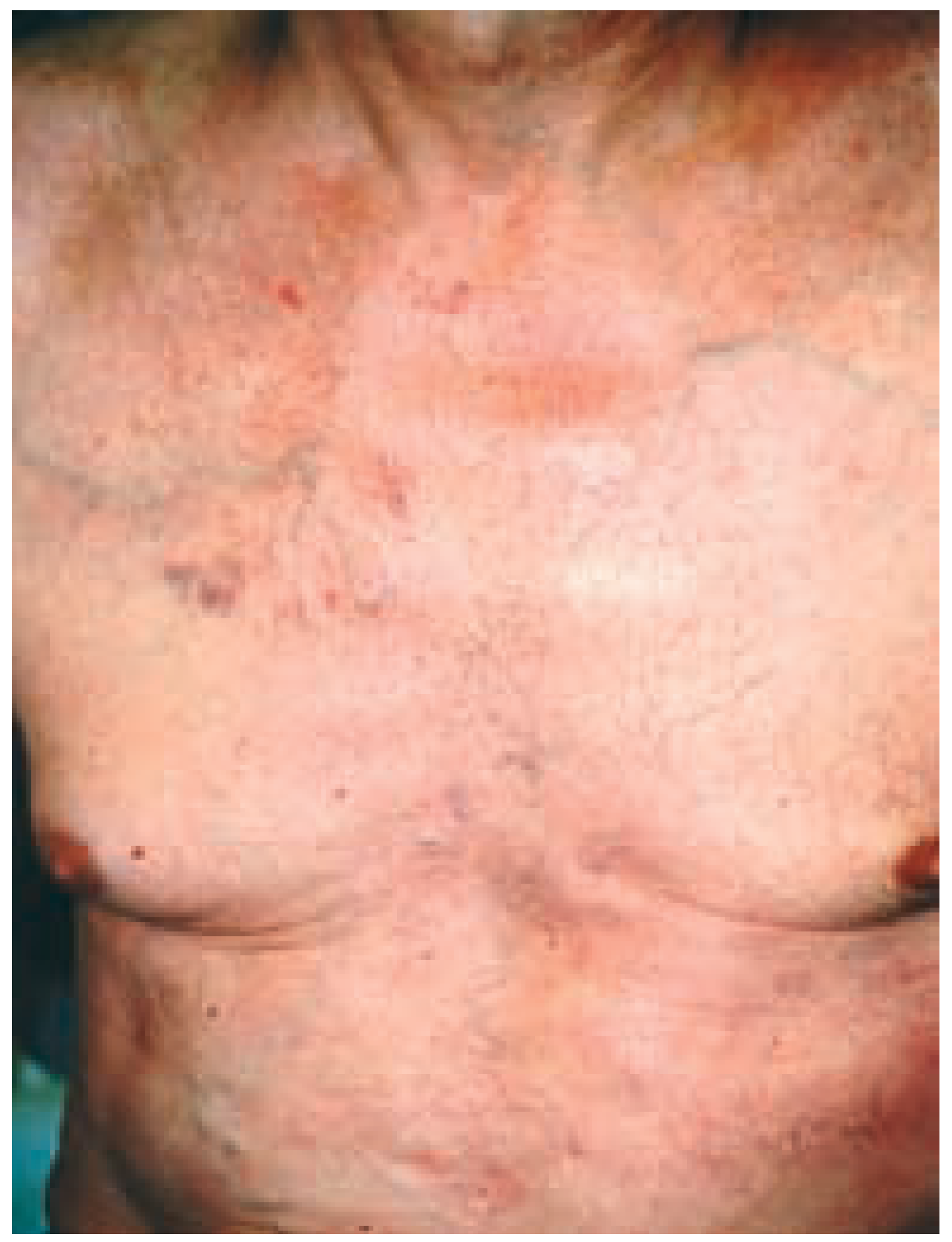Persistent Elevated Jugular Venous Pressure and Pleural Effusion Following Myoardial Infarction
Case Report
References
- Drazner, M.; Rame, J.; Stevenson, L.; Dries, D. Prognostic importance of elevated jugular venous pressure and third heart sound in patients with heart failure. N. Engl. J. Med. 2001, 345, 574–581. [Google Scholar] [CrossRef] [PubMed]
- Muthuswamy, P.; Alausa, M.; Reilly, B. The effusion that would not go away. N. Engl. J. Med. 2001, 345, 756–762. [Google Scholar] [CrossRef] [PubMed]







© 2005 by the author. Attribution - Non-Commercial - NoDerivatives 4.0.
Share and Cite
Zuber, M.; Briner, V.; Allgayer, B.; Erne, P. Persistent Elevated Jugular Venous Pressure and Pleural Effusion Following Myoardial Infarction. Cardiovasc. Med. 2005, 8, 23. https://doi.org/10.4414/cvm.2005.01071
Zuber M, Briner V, Allgayer B, Erne P. Persistent Elevated Jugular Venous Pressure and Pleural Effusion Following Myoardial Infarction. Cardiovascular Medicine. 2005; 8(1):23. https://doi.org/10.4414/cvm.2005.01071
Chicago/Turabian StyleZuber, M., V. Briner, B. Allgayer, and Paul Erne. 2005. "Persistent Elevated Jugular Venous Pressure and Pleural Effusion Following Myoardial Infarction" Cardiovascular Medicine 8, no. 1: 23. https://doi.org/10.4414/cvm.2005.01071
APA StyleZuber, M., Briner, V., Allgayer, B., & Erne, P. (2005). Persistent Elevated Jugular Venous Pressure and Pleural Effusion Following Myoardial Infarction. Cardiovascular Medicine, 8(1), 23. https://doi.org/10.4414/cvm.2005.01071



